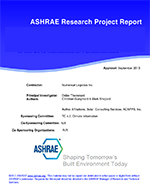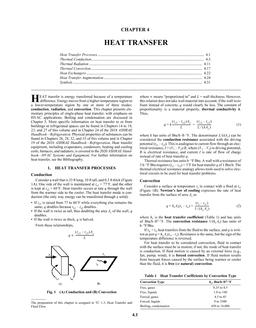Click here to purchase
The increasing demand for storage, networking and high-performance computing has led to a significant growth in the size, energy density and complexity of data centers which drives the need for efficient cooling strategies to cope with the rising energy demands. Thus, thermal performance and efficiency of cooling systems in data centers has become indispensable to ensure that the servers operate within reliable thermal limits for the ever-increasing servers’ power density while minimizing as much as possible the energy consumption of the cooling system which constitutes a large portion of the total consumption of data center.This paper will use computational fluid dynamics (CFD) simulations in order to study and compare the performance of current and emerging cooling strategies in efficient air distribution and thermal management of the heat dissipation from the servers. Specifically, the performance of a traditional and widespread computer room air conditioning (CRAC) system with underfloor plenum will be compared against emerging systems such as Chiller-Door Units (CDU) and In-Row system without raised floors. For this purpose, a detailed investigation of airflow delivery is carried out on full-scale three-dimensional models of a large and high-density data center to comparatively assess the resultant thermal distributions of the considered cooling systems and establish the fundamental benefits and drawbacks of each system.In summary, the findings indicate that there is significant potential to increase efficiency while still maintaining uniformly delimited hot and cold regions in front of the sever cabinets by moving the cooling energy closer to the heat source to avoid losing cooling capacity by mixing with the hotter air inside the stratified layer above the cabinets.
Citation: 3rd Intl Conf: Efficient Bldg Design
Product Details
- Published:
- 2018
- Number of Pages:
- 8
- Units of Measure:
- Dual
- File Size:
- 1 file , 1.8 MB
- Product Code(s):
- D-ICEB18-C019


